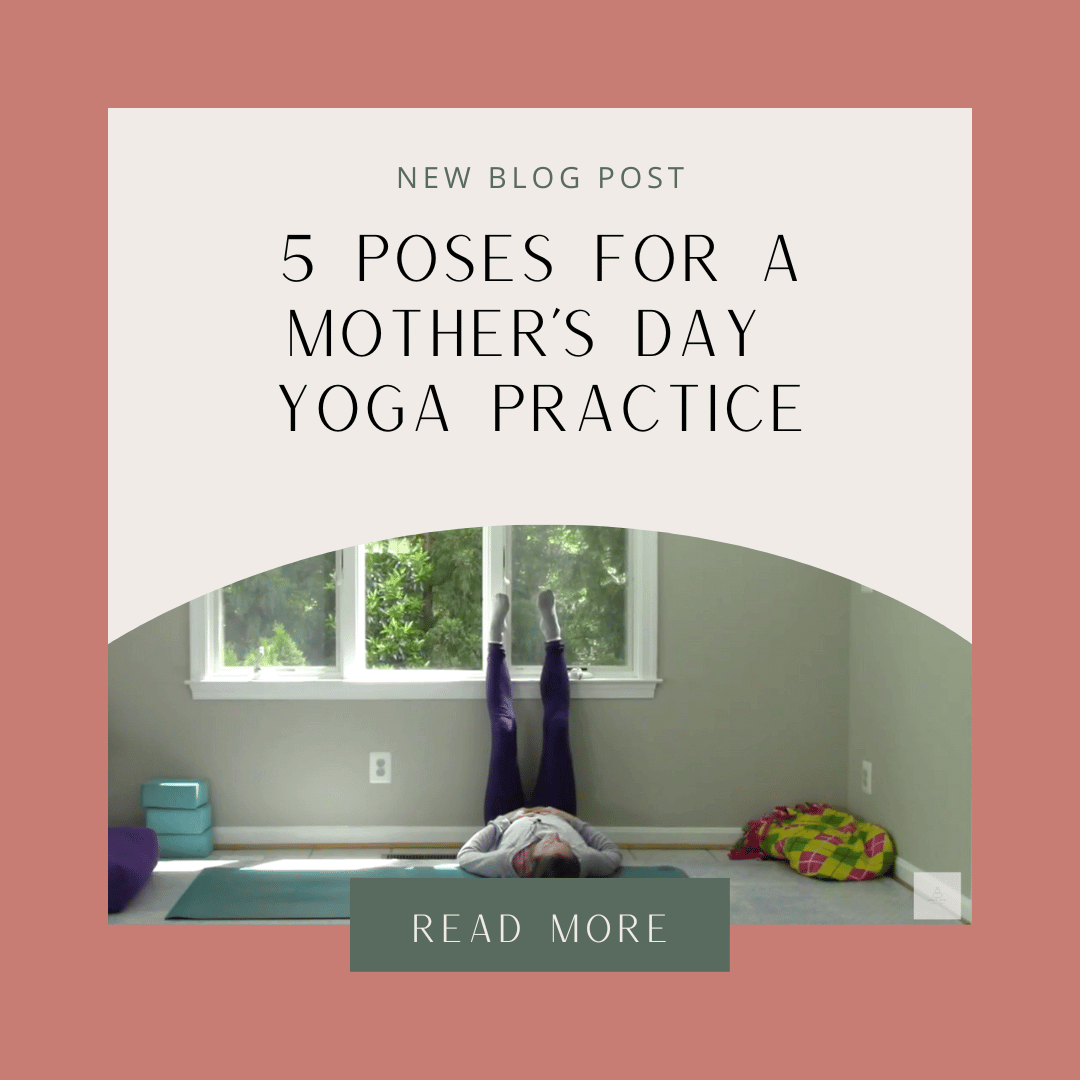I know you’ve heard it before. I’ve said it before.
But what does it really mean to tuck your tailbone? When you should you tuck and when shouldn’t you? And can you tuck your tailbone too much?
Yes, yes you can.
Tuck Your Tailbone is a Confusing Yoga Cue
If you read my post last week on confusing yoga cues, you’ll remember that I mentioned at the end how tucking your tailbone is another really confusing cue.
Here’s why. There are some people in this world that walk around with anteriorly tilted pelvises. Another not so medically correct way to say this is you have a duck butt. When your butt sticks out consistently, this puts pressure on your spine and take your lumbar spine out of it’s neutral (curved) position. The muscles in your lumbar spine have effectively turned off. A yoga teacher may cue “tuck your tailbone” to adjust the anteriorly tilted pelvis/duck butt when he or she sees one.
However, the end goal of the tuck (at least when I’m teaching) is ultimately to come back to a neutral spine, which means maintain the natural curvature of your low back. It turns out it’s really hard to be neutral.
Get rid of your flat back
For those students in a class who already have a neutral spinal position, the general cue “tuck your tailbone” may cause them to tuck the natural curvature right out of their low back so that they come into a posteriorly tilted pelvis, aka a “flat back.”
I’ll be the first to admit fault for saying flat back in class all the time. What I really mean to say is neutral spine.
A chronically posteriorly tilted pelvis is no better for the low back then an anteriorly tilted one. Both put pressure on the vertebrae, especially if you layer on complex muscular movement on top of these spinal positions (core work), and both turn off the very muscles needed to help maintain stability and equilibrium in your spine and pelvis.
How do you find neutral?
Trina Altman has some great suggestions for discovering for your own body what a neutral pelvis feels like in her blog post over on the Yoga Tune Up® website about happy and sad tailbones.
In a nutshell, locate your ischial tuberosities (you’ve probably heard these referred to as your sits/sit bones). These are the bony protrusions on the bottom of your butt. If you’re really sitting on your ischial tuberosities, your sacrum will rise vertically straight up and your lumbar vertebrae will display its natural curve.
The posterior tilt conundrum
Consider this situation. You sit at a desk all day long, or at least most of the day. When you sit in a desk chair, we often slump back slightly and come off our ischial tuberosities. This causes a posteriorly tilted pelvis, which lengthens the muscles around our lumbar spine. Over time, these muscles can become permanently lengthened, causing low back pain.
The obvious counter to this common issue is to strengthen those muscles and one great way to strengthen those muscles is through core work. BUT, most core work is taught with a posteriorly tilted pelvis to protect the low back, so you continue to lengthen those lower back muscles while strengthening muscles around the front side of your body and hips to stabilize and cement in your chronically posteriorly tilted pelvis.
You can see now how that posteriorly tilted pelvis ends up not being so great for your core work or your daily sitting and how “tucking your tailbone” too far into a posteriorly tilted position is no better then your duck butt.
The beauty of a neutral spine and pelvis
It’s most common to hear a teacher cue “tuck your tailbone” in Chair Pose and other squats when it’s easy to let your butt stick out as far as you can. It’s not that sticking your butt out is bad, but the point of yoga exercise is to lengthen your spine and create space rather then compress and compromise your vertebrae.
Finding a neutral spine and pelvis will also help you find more freedom in your Mountain Pose, Lunges and standing pose where you want to lengthen your spine to find more stretch.
Once you’re able to find a neutral spine and pelvis in your yoga poses, you’ll experience an overall lengthening and strengthening effect across your entire body. You’ll move more efficiently and you’ll notice that the weird chronic pains you’ve been experiencing for years will slowly (or suddenly) disappear.
I spend so much time on alignment because when your body is aligned correctly, you open up the door to so much more ability and ease of movement. This creates a happy feeling in your body, mind, and soul and is the beginning of so much more enjoyment. Sounds like a good deal, huh?





